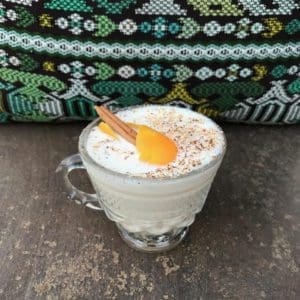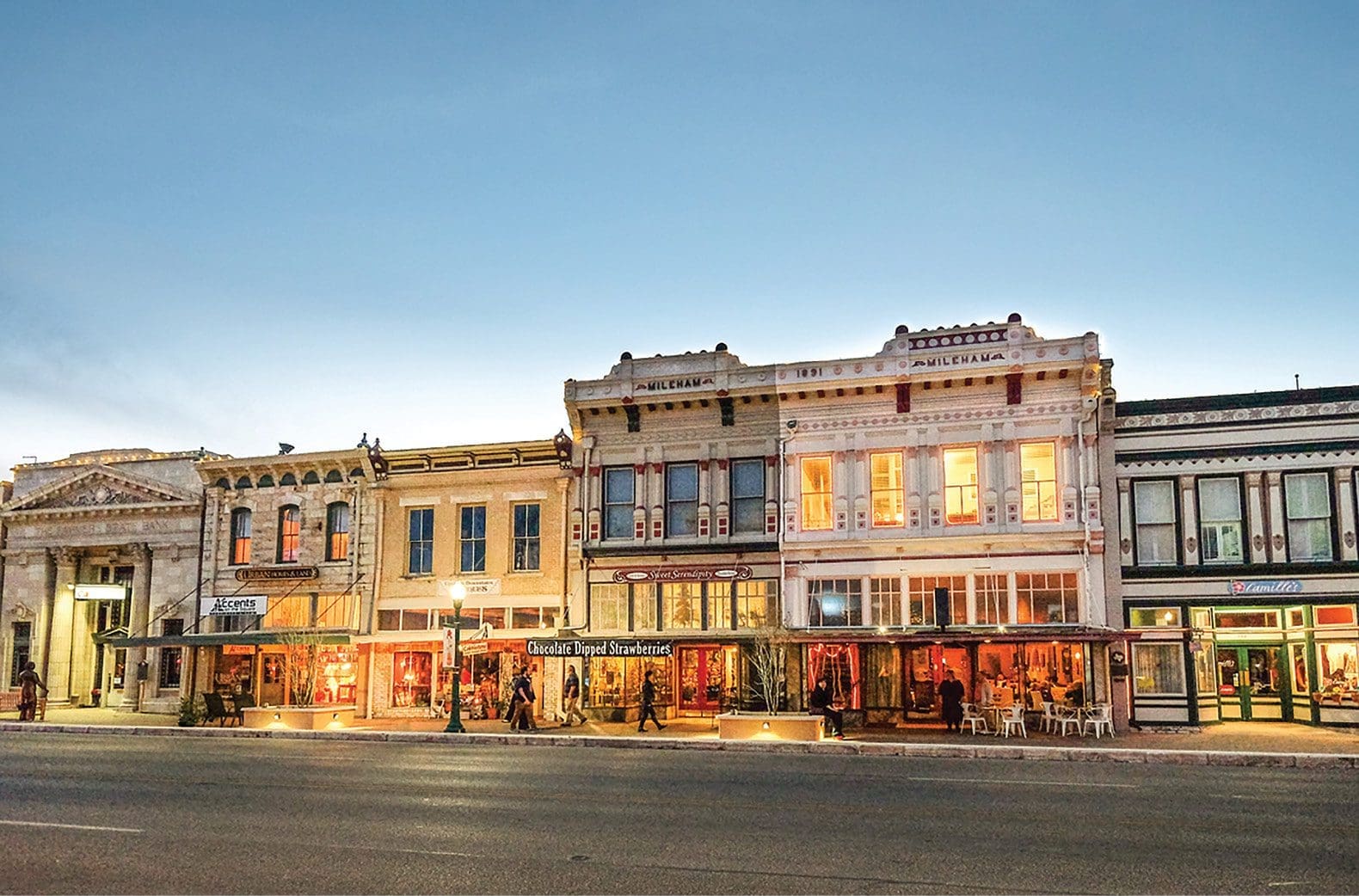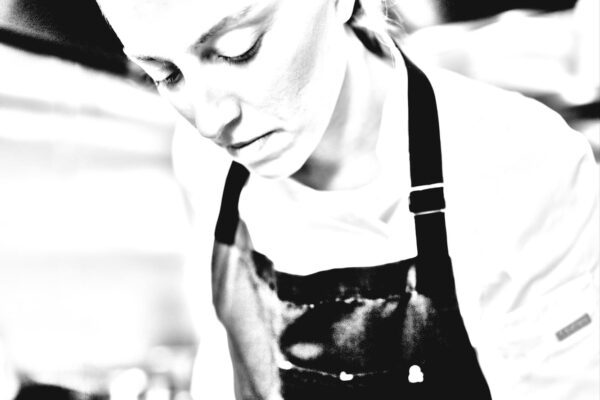Racial Reconciliation

“You Can’t Heal What You Conceal”
Words by Jess Hagemann Photos by Ashley Haguewood
“People think Charlottesville was an isolated event,” says Tasha Morrison, activist, speaker, and founder of Austin faith-based organization Be the Bridge, “but people of color know terror when we see it.”
She’s referring to the August 12 event in which a white supremacist sympathizer rammed his speeding car into a group of anti-racist protestors in Charlottesville, VA, killing 32-year-old Heather Heyer and injuring 19 others.
“Charlottesville was an example of overt racism. It was bold. No hoods. Nazi flags. They knew exactly what they were doing, so they can’t make excuses.”
While the event was horrific, what concerns this passionate advocate of “racial reconciliation” more is covert racism, which Morrison describes as “those subliminal systems of power and institutional prejudice” that not only allow tragedies like Charlottesville to occur, but actually incite them.
“Racism is not limited to racial slurs,” she says, “or the horrors of Jim Crow and lynching.” (Horrors from which she is “just one generation removed,” she points out.) “Racism is also gerrymandering. Redlining. It’s living your whole life inside a racial bubble, where you never once come in contact with a person of color.”
Segregation, of course, is nothing new—and according to Morrison, it’s always been fed by the same primal emotion: fear. “Fear of not being the majority. Fear of losing power. Fear that someone else will get what should be yours.”
It was over 50 years ago now that Dr. Martin Luther King, Jr. concluded in a speech at Cornell College, “I am convinced that men hate each other because they fear each other. They fear each other because they don’t know each other, and they don’t know each other because they don’t communicate with each other, and they don’t communicate with each other because they are separated from each other.”
If fear has its roots in separation, then exposure is the first step, followed by the type of mediated conversation that can only render ‘otherness’ obsolete.
Morrison founded Be the Bridge in 2015 with just three goals in mind: to facilitate healthy dialogue around the topic of race; to educate on disparity and injustice; and to evangelize “true Biblical oneness” for the glory of God.
“In Corinthians, we learn that Jesus came to give of his life. He died for our brokenness, to restore our relationship to God. That’s reconciliation, because it wasn’t a deserved death. He didn’t have to do that,” Morrison notes.
Reconciliation (of any type, but particularly racial reconciliation), explains Morrison, has three parts. It starts with truth-telling.
“First, you have to name the barriers, the problems. And you have to use the right terminology.” ‘People of color,’ for example, is a politically-correct term, but ‘people of the global majority’ is a more impactful one. “It’s meant to wake people up. White supremacists want to make a pureblood country, but they’re only the majority in America—not across the world.”
The second part is justice.
“White Americans want forgiveness without making things right. They put the onus for oppression on people of color, saying ‘You need to forgive,’ but forgiveness is not the same as reconciliation. There must be justice,” Morrison explains.
She points out how in Rwanda, a country whose tribal strife sparked a genocide, the Hutu people are making personal amends to the families of murdered Tutsis. “If you killed someone, and the family couldn’t afford to buy a gravestone, maybe you’re responsible for purchasing that. Restitution takes many forms, and is an essential part of justice,” says Morrison.
Finally, reconciliation means making sure it doesn’t happen again.
“You don’t see statues of Hitler in Germany. You see the preserved house of a Jewish family who died in the Holocaust. Their [Germans’] collective shame has inspired them to educate their young, so that the system will not be repeated. You can’t heal what you conceal,” she says.
When asked about the statues of Confederate-leaning individuals removed from the UT campus last summer, Morrison agrees that relocating them to a museum was the right move. “Museums are for education,” she says, whereas, “Statues are for adoration.”
As soon as Morrison moved to Austin, she noticed it was “more racially segregated” than the integrated spaces she’d grown up. “I’d never met so many people who had never seen a person of color or who had no person-of-color peers. I’m educated, I didn’t grow up in the inner city … but white Austinites weren’t used to meeting professional African Americans, and so there was a barrier between our realities.”
Morrison found herself having more and more conversations with friends about her experience, until one suggested that she make a guide to help other people navigate racial literacy. Today, “Be the Bridge to Racial Unity” is available for download on the Be the Bridge website, and more than 600 discussion groups have formed in response across the U.S. and Canada.
During her countless speaking engagements around the country, Morrison has learned that, in general, “People want to be right. You don’t know what you don’t know,” she clarifies, “but I’ve seen people suddenly understand the truth and do the right thing.”
She remembers a white woman in Montgomery, AL whose deceased relative was a former Grand Dragon, a “real foot soldier of the KKK.” The woman wanted to understand her family’s past, so that the current generation of nieces and nephews would not repeat the hate. Morrison recalls, “But she was breaking the cycle. It’s not for you to feel shame or guilt about, but to own it, and say ‘This was the story then, but this will be the story now.’”
As Morrison explains it, being a member of white culture historically meant owning all the resources, all the wealth. White families acquired their land through the Homestead Act—land that had been taken from someone else. “So even if you believe that you’ve worked for everything you have—and maybe you have,” she adds, “you’re still a benefactor of the past and responsible for how you wield your privilege today.”
That said, the issue is literally not so “black-and-white,” in the sense of simple or reduced. It’s the complex and long-standing “covert systems” that Morrison returns to time and again that she says make racism so insidious.
As African Americans fled the South during the Great Migration, they found they weren’t always welcome in the North, either. They were forced to settle in pocket communities like Detroit that had limited access to resources or were veritable food deserts.
“Now we just blame the people who were oppressed for the state their communities are in!” exclaims Morrison. Many look at a person of color and ask, “What’s wrong with you?” What’s wrong, she says, is that “the system is set up to open the door for you and close the door on me.” Certain Band-Aids like affirmative action were meant to offset some of that inequality, but as Morrison notes, “They couldn’t even get it passed in Congress without making it about white women, too.”
Instead of treating the symptoms of racial inequality, then, “you have to heal it from the inside out—and you do that by tackling joblessness, lack of education, affordable healthcare … those things which make society better for everyone,” Morrison advises.
But it starts with dialogue—as “only when you bring people into the space of acknowledgment, can you pursue righteous relationships.” Be the Bridge helps start those tough conversations, ultimately fighting racism through “unity with one another.”
Morrison sums it up by saying, “We’re all the same. There’s nothing different about you and I, just our outward shells. You’re my brother, my sister, and I want to move forward with you.”










